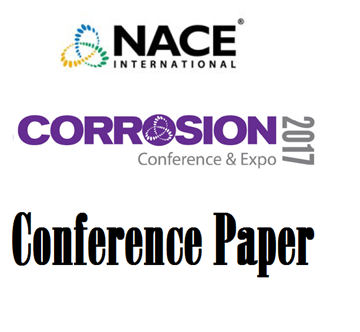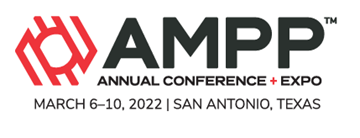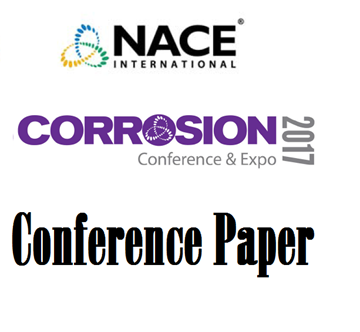Search
Individual Conference Papers
View as
Sort by
Display
per page
Effect of CP on the Occurrence of SCC in X80 and X100 Pipe Steels in a Near-Neutral pH Environment
Product Number:
51317--9147-SG
ISBN:
9147 2017 CP
Publication Date:
2017
$20.00
Effect Of Cr On Corrosion Performance Of Steels In Supercritical CO2 Environments
Product Number:
51322-18049-SG
Publication Date:
2022
$20.00
Effect of Crevice Former on the Crevice Corrosion of 316L Stainless Steel in Synthetic Tap Water
Product Number:
51317--9412-SG
ISBN:
9412 2017 CP
Publication Date:
2017
$20.00
Effect of Critical Alloying Elements and Impact of Various Corrodants on Steels and Alloys in Catalytic Hydrothermal Liquefaction Biorefining Conditions
Product Number:
51324-21224-SG
Publication Date:
2024
$40.00
Effect of Cure Time on Corrosion Protection of Epoxy Polysiloxanes in Immersion Service
Product Number:
51323-19091-SG
Publication Date:
2023
$20.00
Effect of Curing Time on the Performance of Novolac Internal Tank Coatings - a Realistic Assessment Using Laboratory Testing
Product Number:
51324-20588-SG
Publication Date:
2024
$40.00
Effect of Cyclic Torquing on the Corrosion Resistance and Nut Factor Consistency of Coated High- Strength Steel Bolting
Product Number:
51319-13268-SG
Publication Date:
2019
$20.00
Effect of DCB Side Groove Geometry on KIssc Results
Product Number:
51323-19469-SG
Publication Date:
2023
$20.00
Effect Of Deleterious Grain Boundary Phase In N07725 On HISC Resistance And Performance Of An Optimized Alloy
Product Number:
51323-19252-SG
Publication Date:
2023
$20.00
Effect of Different Strength Levels, Coatings and Cathodic Charging Levels on the Hydrogen Embrittlement Resistance of AISI 4340 Bolting Material
Product Number:
51320-14469-SG
Publication Date:
2020
$20.00
Effect Of Dissolved Oxygen On Carbon Steel Corrosion And Particulate Formation In Water Injection Systems. Part 2: Rotating Cage Experiments
Product Number:
51324-20817-SG
Publication Date:
2024
$40.00
Effect of Dissolved Oxygen on Carbon Steel Corrosion and Particulate Formation. Part 1: Rotating Cylinder Electrode Experiments
Product Number:
51324-20718-SG
Publication Date:
2024
$40.00












